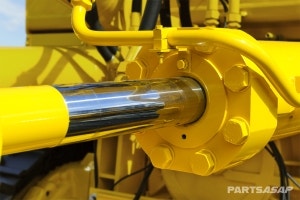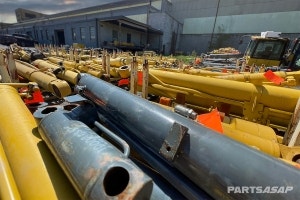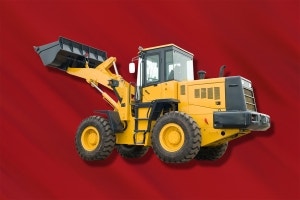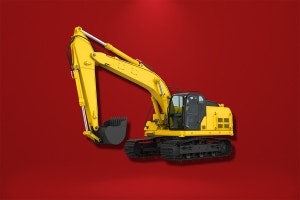Free small package shipping on orders above $249.99
Combine Maintenance Checklist
No account?
Having a customer account enables faster checkout, order tracking online, and (if you want) emails about specials and events.
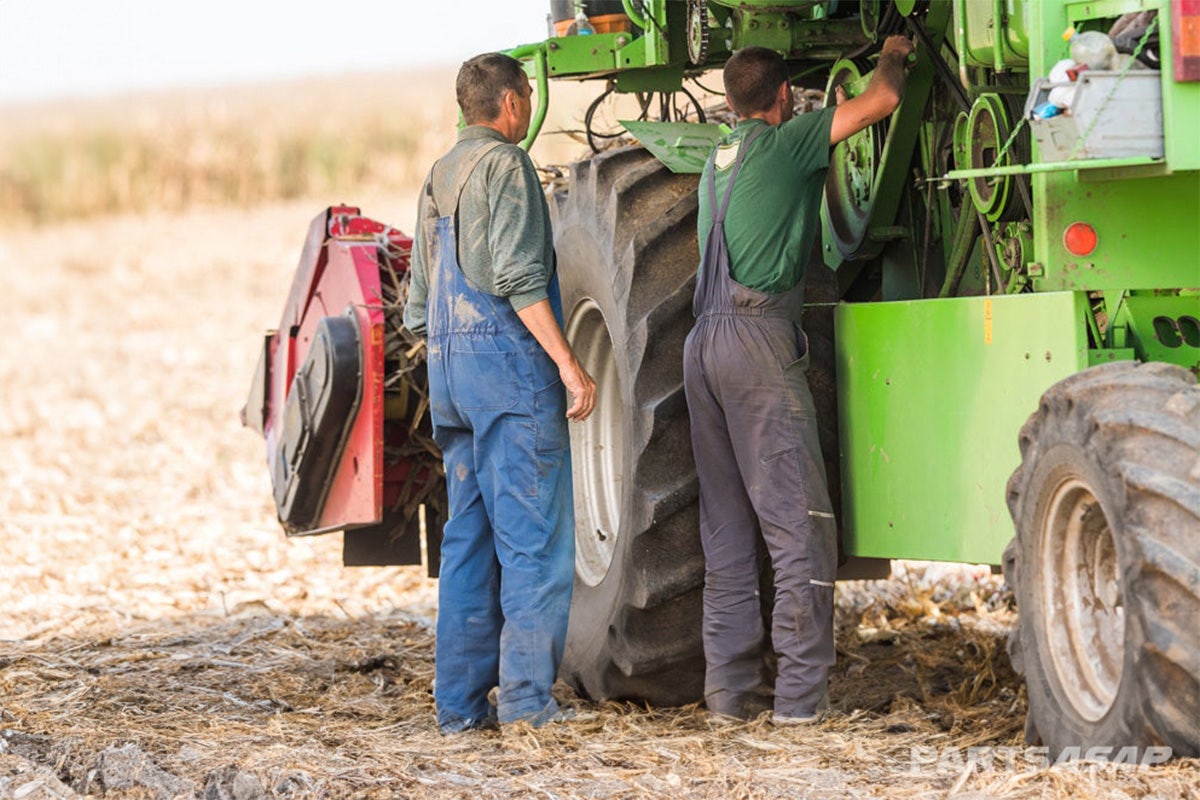
Routine maintenance will save money and time and ensure your combine will run well now and in future harvest seasons. Check out our maintenance checklist to keep your combine in excellent running order.
Get into a routine
Service your combine in the morning to get a good look while it is clean, and you can find potential problems before you head out into the field, such as bearings that are out or cracks in critical parts.
Service regimen
A critical step in maintenance is greasing all the zerks, adjusting the chains for tightness and checking the air filters for cleanliness.
Every morning before starting the day, fill your combine with fuel, make sure to grease all applicable zerks, check engine and hydraulic oil levels, and see if the radiator is full. Every few days, check the cleanliness of the air filters and inspect chain tensions, especially the feeder house chains.
Each week, check the air pressure in the tires and empty the rock traps when combining crops other than soybeans.
Header Adjustments
The header is the first point of contact with the crop and can be the largest source of grain loss.
- Set stripping roll spacing according to stalk thickness
- Adjust deck plates as wide as possible without losing ears or shelling corn off the ear
- Match the feeder house and corn head gathering speed to the combine drive speed
Feederhouse Adjustments
It’s essential to adjust the height position of the feed drum according to the crop to prevent grain damage. You should also set the speed of the feed accelerator to low so that whole ears are ready to start the threshing process.
Threshing Adjustments
Make the necessary adjustments to threshing and separating parts for an efficient harvest. Begin with the factory-recommended rotor speed and concave clearance settings, and fine-tune accordingly for crop and field conditions. Follow these guidelines:
- Try to keep the rotor chamber full to minimize adverse grain contact.
- Keep rotor speeds low for proper threshing.
- For increased threshing capability, close the concave spacing.
Grain Cleaning Adjustments
Sieve and fan settings should work in tandem and are critical to delivering a clean, high-quality product and should be set to specifications.
Be prepared in the field
Make sure your truck has a variety of tools and common spare parts you will need while away from your shop:
- Grease gun
- Wrench and socket sets
- Crescent wrench
- Metric wrenches
- Portable welder - to fix breakdowns or patch problems
- Air compressor - to use air tools whenever possible to reduce downtime
- Full set of belts
- Belt-tightener pulley
- Connector links, half links and chains
- Sickle sections and guards for the cutter bar
- Drive chains for the heads
- Fingers for the header auger
- Engine and hydraulic oil
- Assorted bearings, bolts and nuts
- Supply of welding rod
- Combine manual - explains how to take parts off, fix them and put them back together
- Parts catalog – to quickly order items not on-hand
Winter maintenance
A wintertime maintenance routine will help with next year’s successful harvest season. It is cost-efficient and cheaper than labor costs and mark-up on parts through your dealer.
Thoroughly clean the exterior of your combine with a power washer and give the cab a good wipe-down and clean up any debris and trash.
Next, run the machine for an hour in the shop, check bearings, and look for cracks in belts and other possible problems. Then climb inside the cab and look over all gauges, wires, knobs, and loose items.
Winter maintenance checklist
Start with this partial checklist covering the significant parts of your combine. You can also check with your service manager for a complete list.
- Wash and remove all debris
- Check all lights
- Tighten all belts as needed and look for cracks
- Check all chains for tightness and wear.
- Check feeder house chains.
- Check elevator chains
- Replace all chains every other year
- Check all bearings for signs of fatigue.
- Check the feeder house floor for wear.
- Inspect the cylinder bars for straightness and wear
- Check the conveyor auger bearings for wear and dryness.
- Check fountain and unloading augers for wear.
- Look inside walkers
- Check walkers and walker bearings for cracks and general wear or check the rotors. Look for excess wear and check the alignment and bearings.

